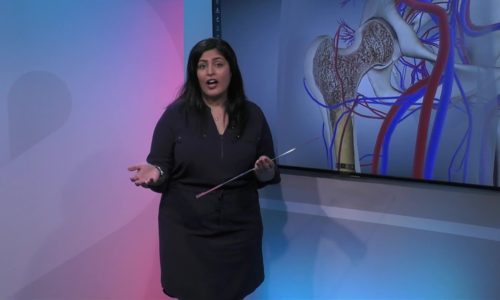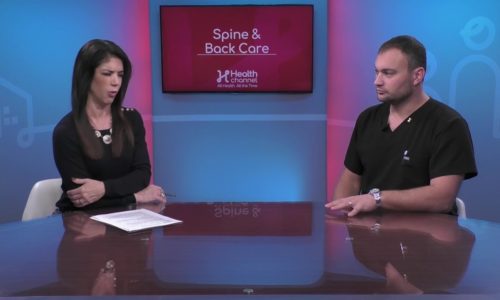Diagnosis of Scoliosis |
Dr. Georgiy Brosuvanik, Spine Surgeon with Baptist Health South Florida, explains with a digital imaging how he diagnoses a scoliosis.
He describes generally with scoliosis there is an asymmetrical degeneration of the discs. He also says the region of the spine the mid-back is very commonly affected by scoliosis, but it doesn’t cause pain, because this segment of the spine is not associated with back pain.
Transcript
So can you explain a little bit more about exactly what happens to the spine with scoliosis here’s a here’s a picture right here. > Oh absolutely. — this is uh so is that I mean like is there a curve in there — So generally, generally with scoliosis there is an asymmetrical degeneration of the discs now look it’s hard to say the word degeneration when we talk about little kids but the reality is that as opposed to having a nice symmetrical sort of a donut over disc you have this trapezoidal structure, and in this picture it’s a bit hard to tell but you could sort of see that the spine kind of curves out of the way. Now this region of the spine the mid-back is very commonly affected by scoliosis and just highlights the fact that scoliosis is generally not the cause of pain because this segment of the spine generally is not associate with back pain. When patients have pain sort of around the shoulder blade usually that’s actually coming from the neck and when patients have lower back pain you know usually their lower back problems that can explain that. So as the spine curves the patient’s head may gravitate away from the center of gravity, but because the rest of the spine is flexible it can accommodate and then what we see is patients who are perfectly straight when you look at them with their clothes on and you really can’t even tell the pair of scoliosis unless they bend all the way forward and you can kind of see that asymmetry of their of their back.








